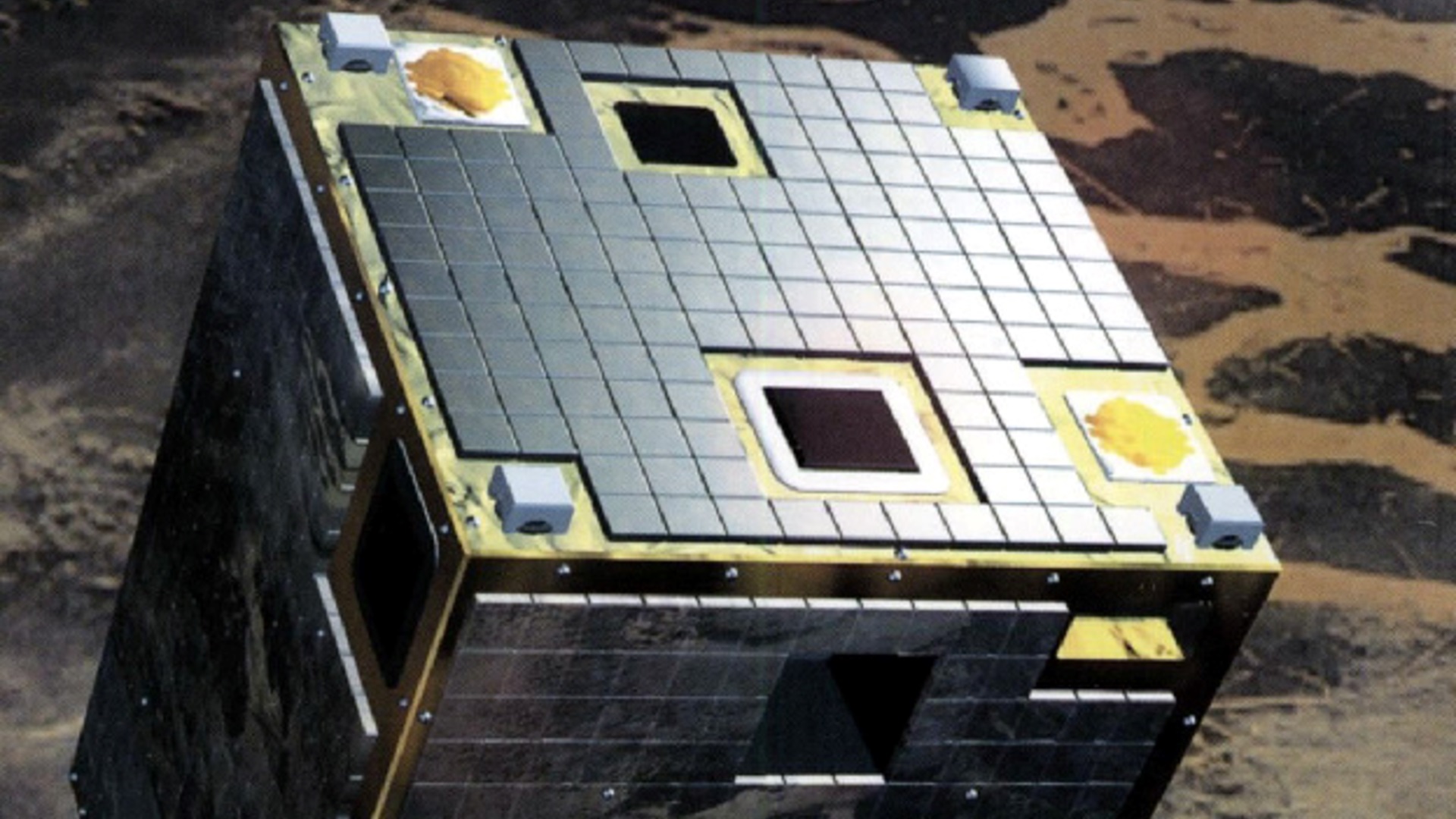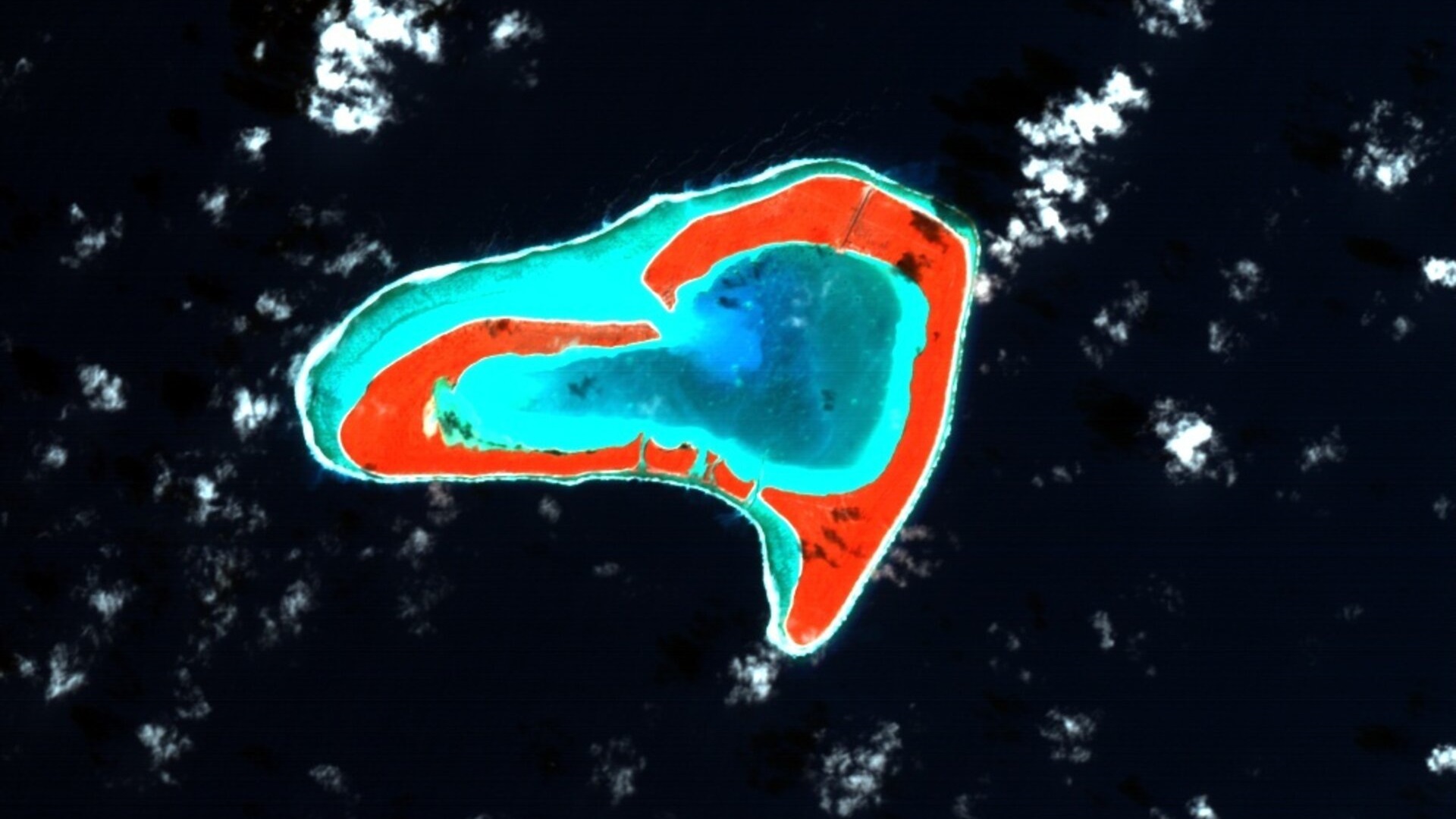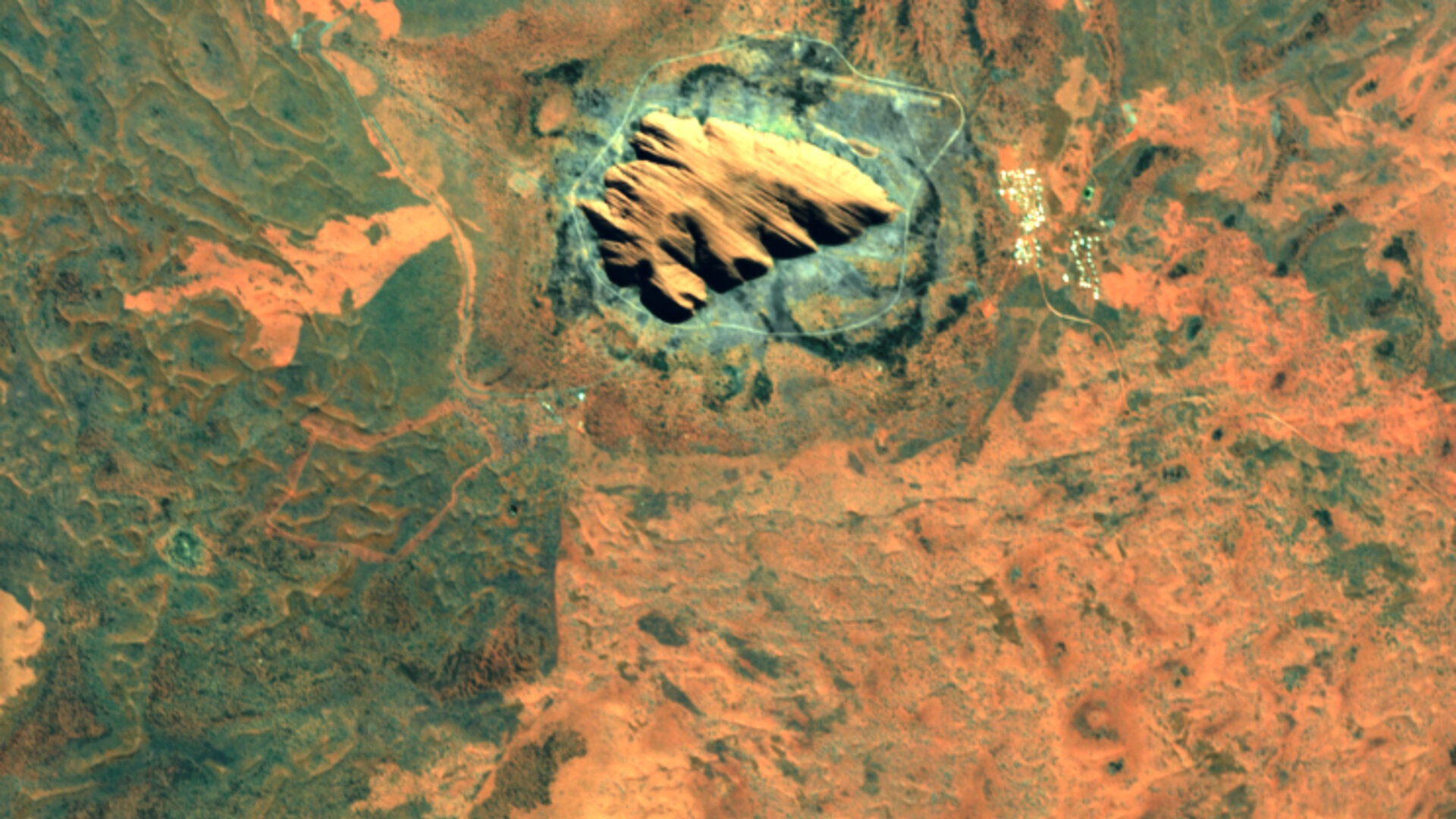Featured
About PROBA-1

The Project for On-Board Autonomy-1 (PROBA-1) was originally a technology demonstration mission of the European Space Agency, started in mid-1998 and funded within the frame of ESA's General Support Technology Programme.
Intended as a one-year mission, this small satellite - less than 1 cubic metre in size - has provided data since its launch on 22 October 2001 and is still operational today, although data from its primary sensor CHRIS was suspended in December 2022.
| Orbit | LEO Sun-synchronous |
|---|---|
| Orbital Parameters | 681x561 km |
| Swath Width | 14 km |
| Orbit Height | 615 km |
| Orbital Plane Inclination | 97.9 degrees |
| Orbital Period | 96.97 minutes |
| Repeat Cycle | Approx. 7 days |
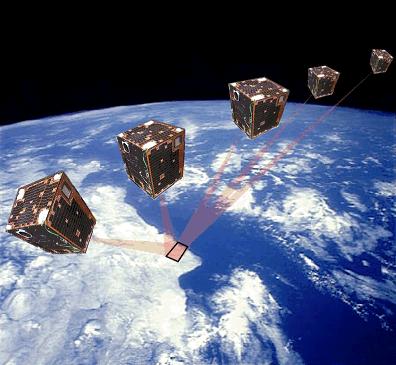
PROBA-1 rolls in its orbit to take images: the satellite's platform and payload work as one: spinning reaction wheels guided by a star tracker roll it up to 25º side to side and ±55º/±36º along its path. This helps PROBA-1 to compensate for its 7.5 km/s speed, like a photographer panning to snap a moving target. So each target can be seen on up to five different angles (-55º, -36º, nadir view, +36º and +55º).
PROBA-1 Objectives
The objectives of PROBA-1 are:
- In-orbit demonstration and evaluation of new hardware and software spacecraft technologies
- In-orbit demonstration and evaluation of onboard operational autonomy
- In-orbit trial and demonstration of Earth observation and space environment instruments.
PROBA-1 Instruments
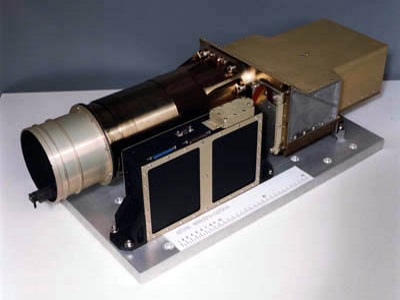
find out more

find out more
